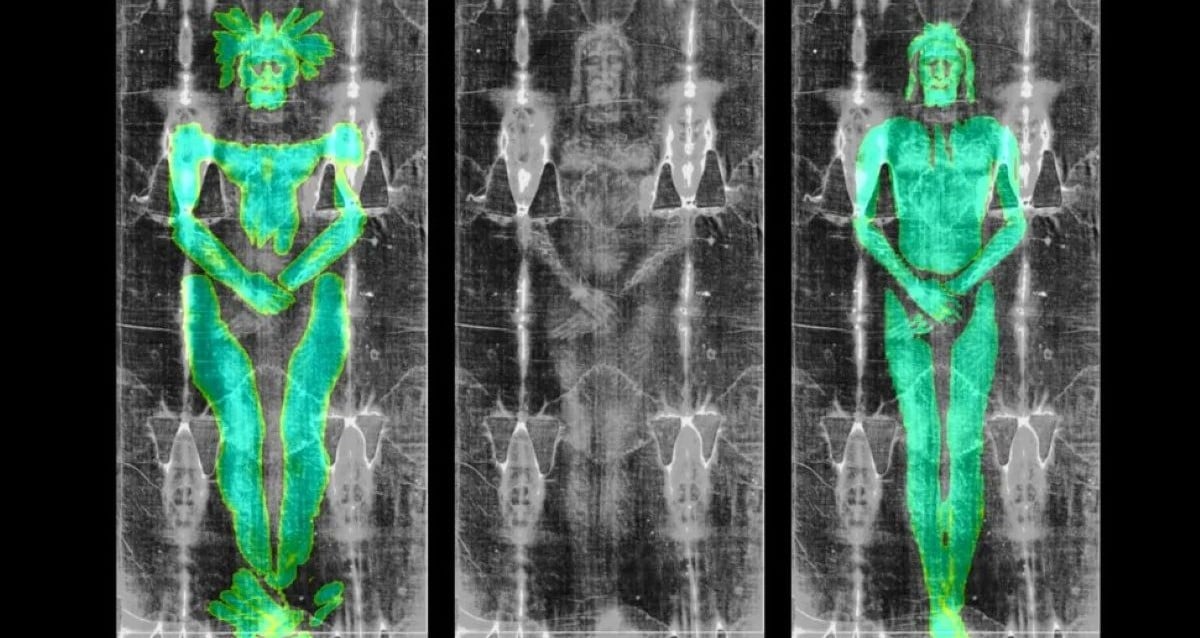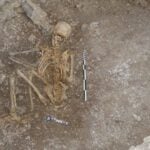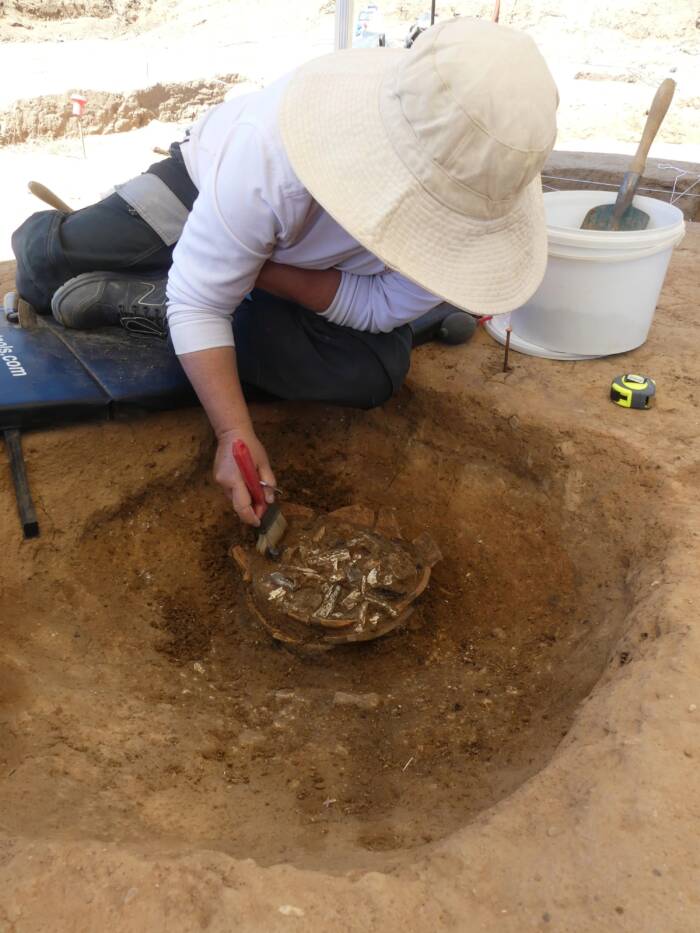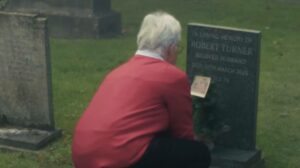Unveiled Secrets: Shroud of Turin’s True Origin Shatters Millennia-Old Beliefs—Not Jesus, But a Statue?
Meanwhile, though research from the 1970s suggested that the injuries on the shroud could have come from crucifixion, more recent research from 2018 found that the positions of the bloodstains didn’t support this theory.
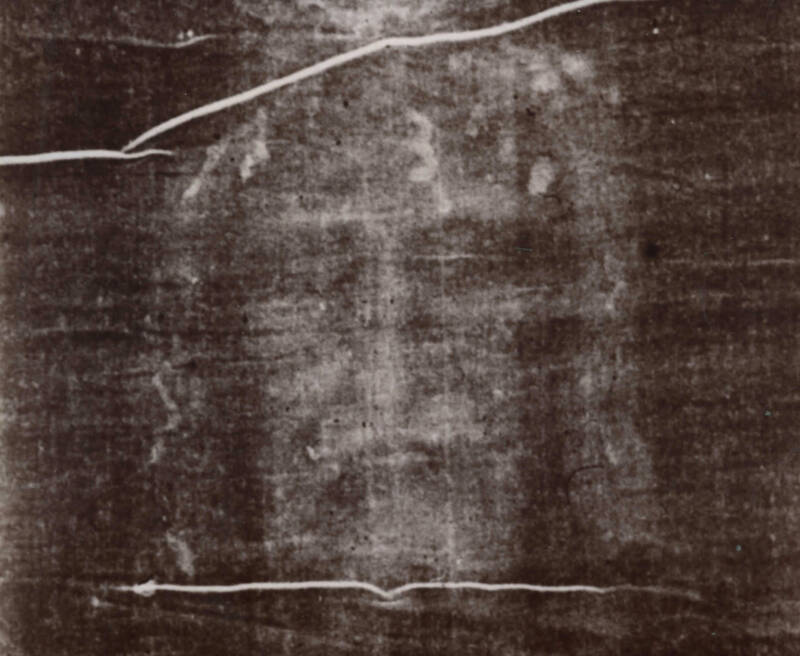
Wikimedia CommonsEver since it was first exhibited in 1354, scholars have wondered whether the Shroud of Turin was actually the piece of cloth that was draped over the body of Jesus just after his crucifixion.
While Moraes’ research doesn’t comment on the age of the shroud, it does provide some insight into how the shroud could’ve been created. However, some scholars believe that this 3D modeling didn’t reveal anything new.
Andrea Nicolotti, a professor of the history of Christianity at the University of Turin, explained that it’s been known for four centuries that the image on the shroud could not have been made with an actual human body.
“Moraes has certainly created some beautiful images with the help of software,” Nicolotti wrote in Skeptic. “But he certainly did not uncover anything that we did not already know.”
After reading about how the Shroud of Turin could have been made, discover the mystery of when exactly Jesus was born. Then, learn about the debate surrounding what Jesus looked like.
